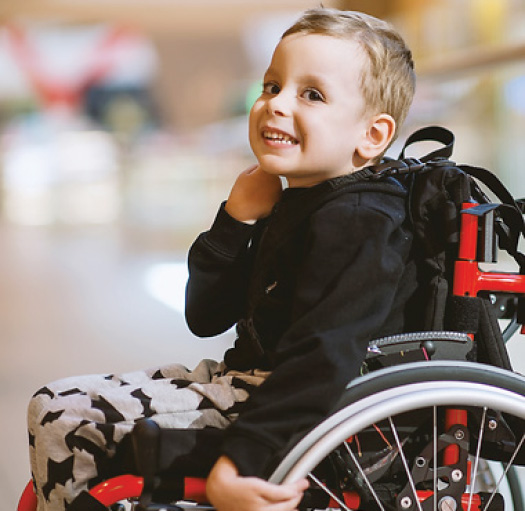Cali-RAD 2023
Belmont Park has donated the usage of the Beach House venue for Cali-RAD Fest this year. The Beach House beachfront property is an idyllic venue located in Mission Beach, offering a breathtaking setting for events and gatherings. With a capacity of 1400 people, it’s the perfect place to host Cali-RAD Fest. The venue boasts stunning panoramic views of the ocean, providing a serene and tranquil atmosphere that’s sure to leave a lasting impression. With its unbeatable location, gorgeous views, and ample space, it’s sure to be a memorable and unforgettable experience for all.
The Beach House is located at:
3125 Ocean Front Walk, San Diego, CA 92109
About Cali-RAD
Cali-RAD = California Reggae Against Duchenne. This is a benefit event in support of the crucial work being done in the fight to cure Duchenne muscular dystrophy (DMD), the most common form of muscular dystrophy, occurring in approximately 1:5,000 male births.
All proceeds from this event will go to CureDuchenne, a California-based 501c3 nonprofit organization committed to improving the lives of everyone affected by Duchenne through accelerating research to find the cure, improving care and empowering the Duchenne community.


This event has been a long time coming for Vista locals, Christian and his son, Micah. Micah has Duchenne muscular dystrophy, and his love for California reggae was the catalyst for their idea to have a charity reggae event in support of their fight against DMD. After 5 years of dreaming, Micah and Christian’s idea to have a charity event is finally becoming a reality.
On August 27th, 2022, Cali-RAD hosted its first annual Reggae Brew Fest at the Boochyard at Local Roots in Vista, CA. This family-friendly fundraiser event where attendees of all ages were welcomed to enjoy live music from well-known reggae bands and local musicians! Not only was there music, but our event will also include San Diego food vendors, retail vendors, art and jewelry vendors, a raffle, and a silent auction.
We aim to make the 2023 Cali-RAD Fest even better than the first, we hope that you can join us on this special day.
 ABOUT DUCHENNE
ABOUT DUCHENNE
Duchenne Muscular Dystrophy is a devastating muscle disease in children. Historically, most boys who have Duchenne do not survive beyond their late twenties. Most commonly, diagnosis happens between 3-6 years old, ambulation is lost between the ages of 10-12, and breathing and feeding devices are needed in the late teens to early 20’s. The simplest of tasks (like dressing, washing/brushing hair, brushing teeth, etc.) become difficult and in the later stages, heart and breathing muscles begin to fail. Nearly 15,000 boys are living with the disease in the United States alone and over 300,000 worldwide. The disorder knows no cultural, economic, or social boundaries. Muscular dystrophies are a group of genetic disorders characterized by muscle weakness. Duchenne is the most common and severe form, caused by loss of dystrophin, beneath the sarcolemma. The molecular mechanisms of the disease have been extensively investigated since the discovery of the gene in 1986.
Initial signs of cardiac dysfunction caused by Duchenne muscular dystrophy are usually detected during adolescence. However, decreased physical activity, even if wheelchair-bound, can allow better tolerance of decreased cardiac function.
The good news is that new gene-based therapies have recently emerged with noted advances in using conventional gene replacement strategies, RNA-based technology, and pharmacological approaches. In particular, antisense-mediated exon skipping has shown encouraging results and holds promise for the treatment of dystrophic muscle.

